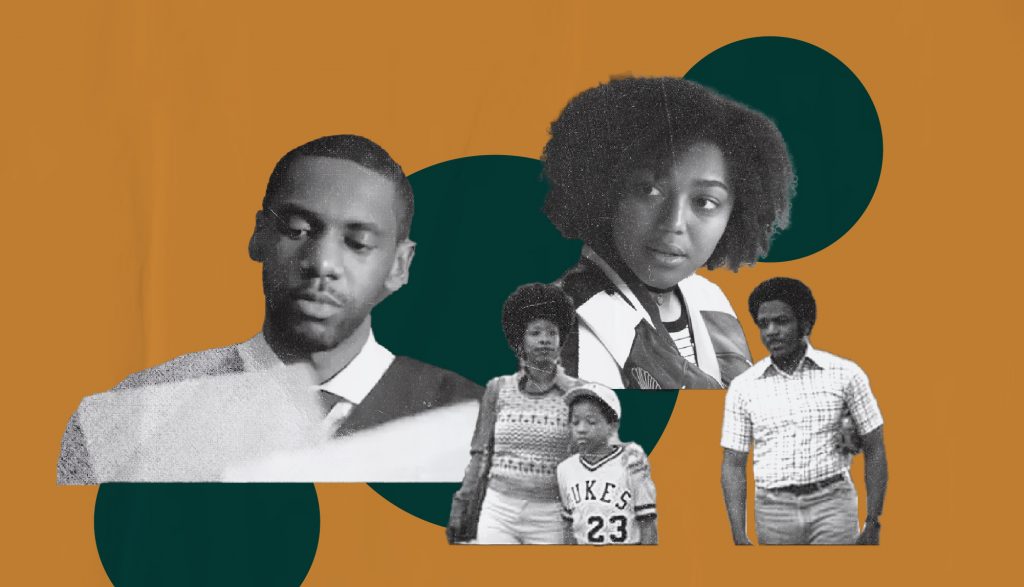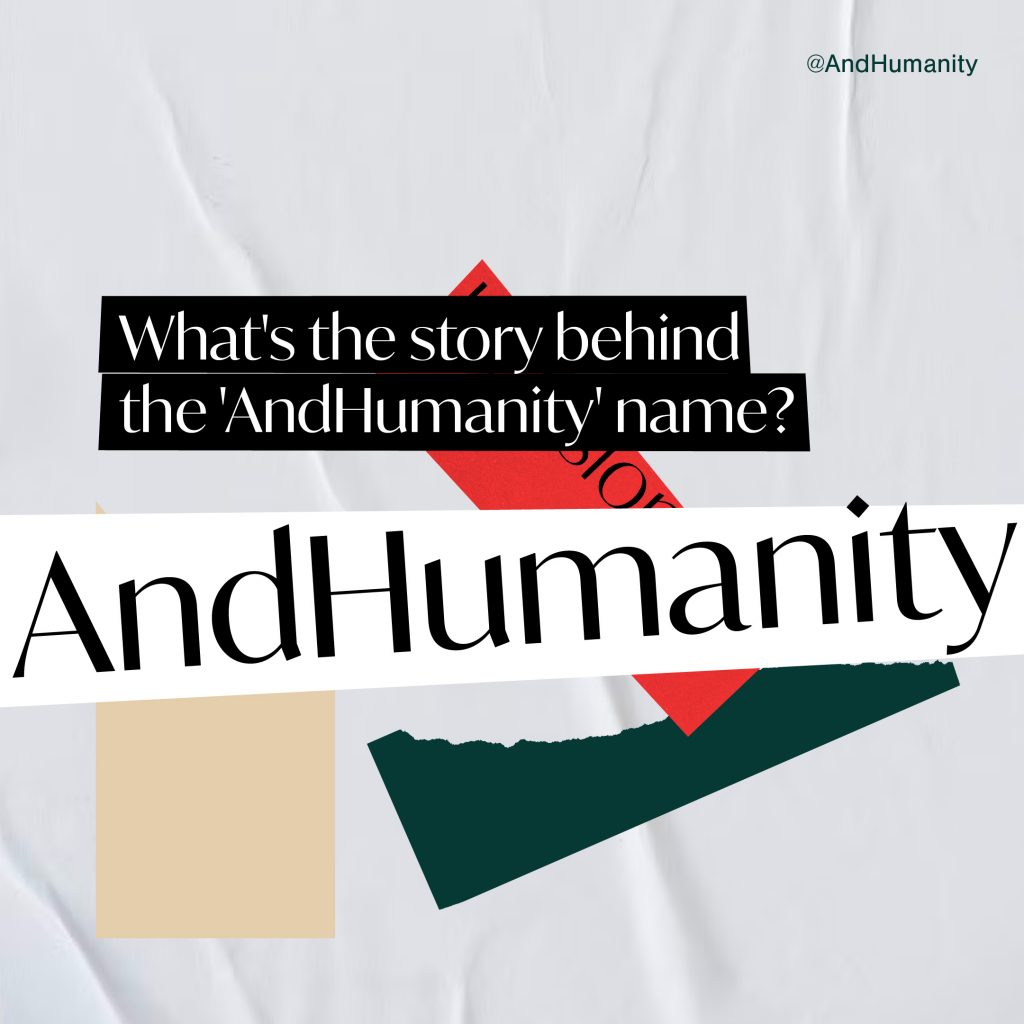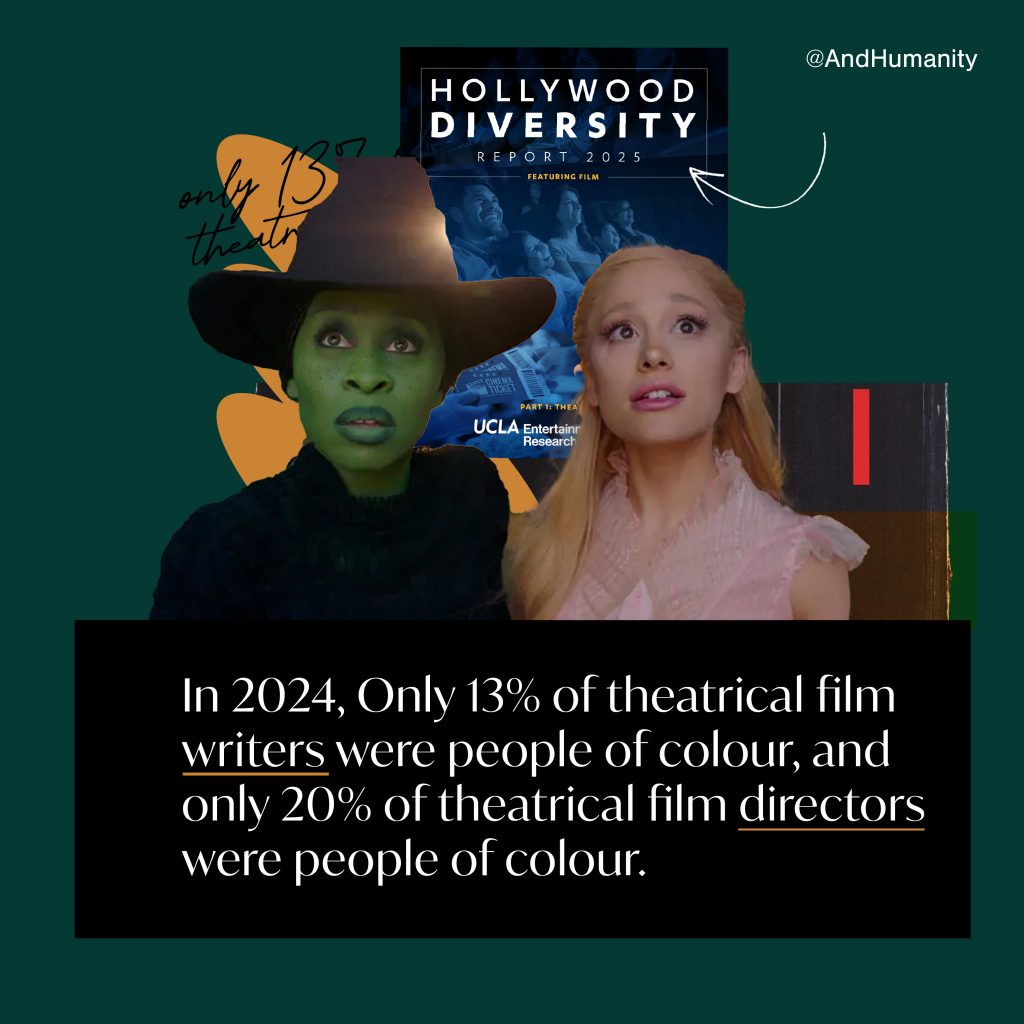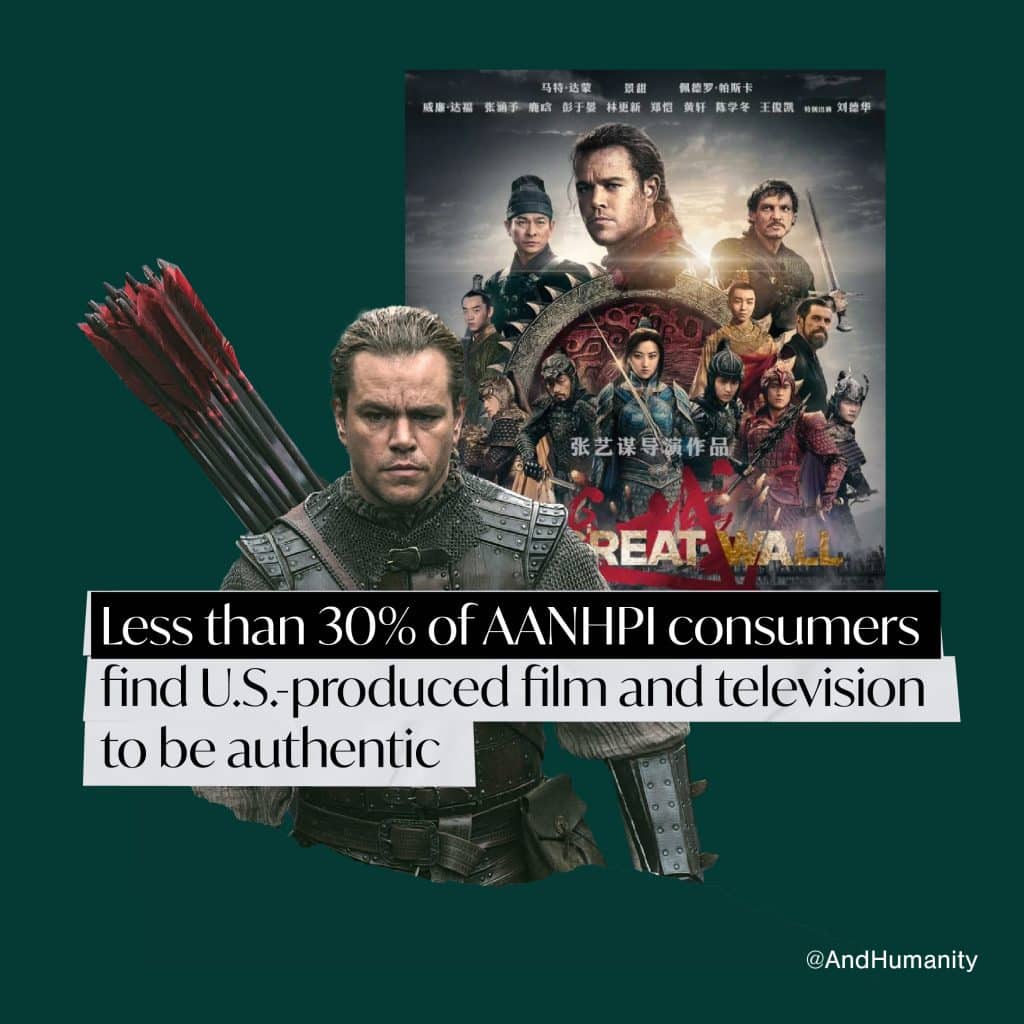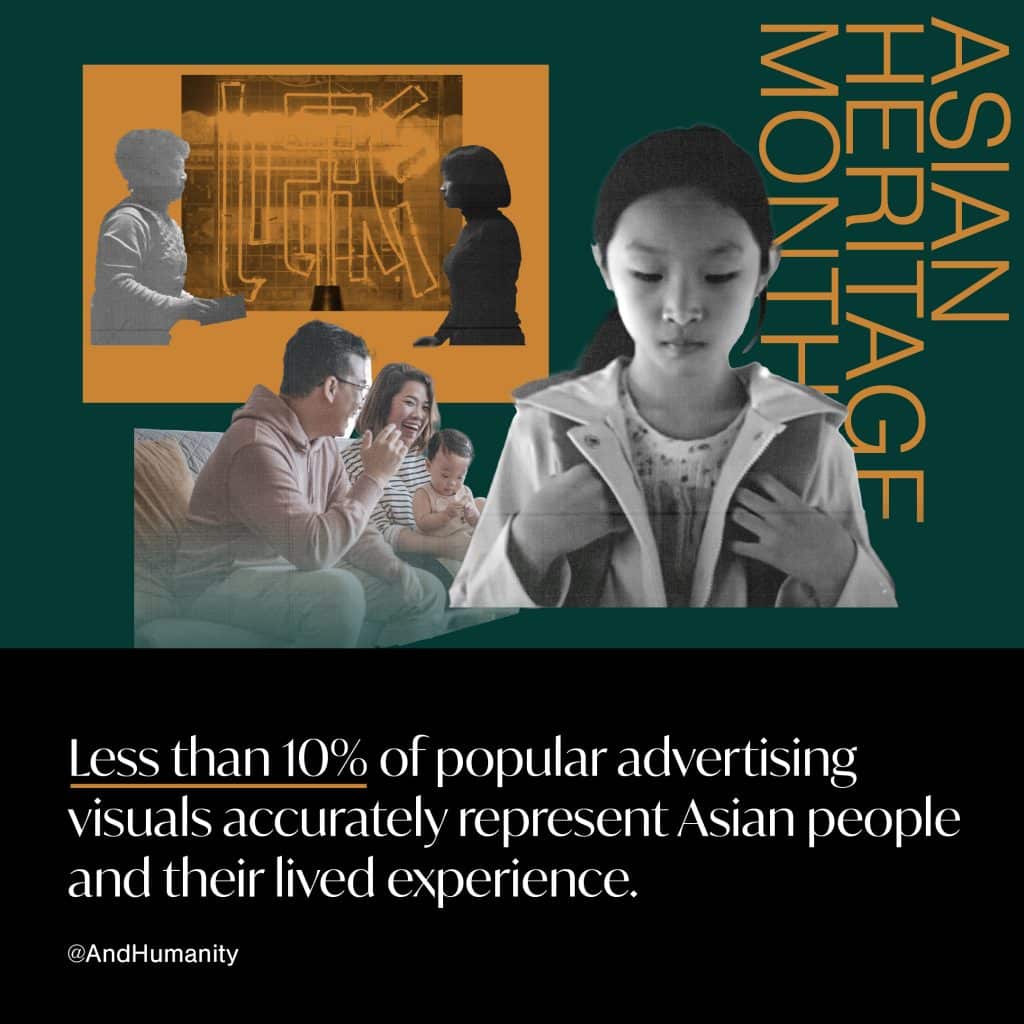How well a brand does is increasingly dependent on how inclusive they are being in their marketing. From the rise of a call-out culture to boycotts of brands that don’t align with the social change and social justice lens that the majority of Millennials and Gen Z have, it can become increasingly harder for these brands to survive. There are 5 key things that brands should understand and consider when starting their inclusive marketing journey:
1. Inclusion is Not a Trend

The very first step to being more inclusive in your brand’s marketing is to ensure that your organization is not treating inclusion as a trend. If your organization is currently seeing inclusion through this perspective, it is important to note that from the humanity perspective, inclusion has always been vital as can be indicated by the vast history of social movements and activism where people have been fighting for their inclusion in one way or another. If your organization is committed to inclusive marketing, it should never be an extra thing that is done in your marketing campaigns to try and reach a wider audience. An example of a brand that has had this mentality is Oh Polly, a fashion brand, that decided to create a separate Instagram account called “Oh Polly Inclusive” where they posted plus-sized models while their main account largely consisted of white, skinny models. Currently, their main page has over 3 million followers, and their Oh Polly Inclusive page – now deactivated – only consisted of a few thousand followers. Even though the brand was making an attempt at being inclusive, their efforts fell short because consumers could readily tell that the brand did not fully embody inclusion, as their attempt at diverse representation only resulted in segregating models who did not fit their idea of what an attractive model should look like. As such, as your organization is working on making its marketing more inclusive, reevaluate how the organization is thinking about inclusive marketing itself.
2. Universal Design

Universal Design is the design and composition of an environment so that it can be accessed, understood, and used to the greatest extent possible by all people, regardless of age, size, and/or diverse-ability. This approach constitutes the equitable access to spaces, objects, and services. The focus of this section will be on low sensory design and accessible images. Low sensory design is when one uses natural lighting or colours, providing spaces for people to get away if they feel overwhelmed, and limiting sound. These steps are taken to ensure that sensory overload doesn’t happen and can be particularly helpful for those who are on the autism spectrum. Accessible images are textual ways of presenting visual imagery that can be found on a company’s website and in their social content. Alternative (alt) text describes what is happening in the image and is usually short and precise. Image captions are descriptions that are underneath the image and provide the maximum level of accessibility for both people with a visual-impairment as well as for those who do not have a visual-impairment. For more complex images that can’t be described in one sentence, you can use the “aria-describedby” attribute where a note is made by the image that the full description is in another location on the page to connect the image with the full description. Using the same approach, but providing a link to a page with the description if it’s very long is another option. The option that a brand would use is highly dependent on the function of the image and how complex it is. Accessibility in design through utilizing these approaches are only the first steps to achieving universal design, which leads us to the importance of language for universal design purposes.
“Even though the brand was making an attempt at being inclusive, their efforts fell short because consumers could readily tell that the brand did not fully embody inclusion.“
3. Be Intentional About Language

Words have power and are a strong tool for marketers to subtly convey a specific message to one’s audience. According to the Sapir-Whorfian hypothesis, speech and cognition are interlinked. This means that the language that one speaks in turn has an impact on one’s way of thinking. In the realm of marketing, the way one uses words has an impact on not only how people think of themselves, but how willing they would even be to buy the product and/or service. One example of an attempt at inclusive marketing gone wrong was of a London museum marketing campaign that used the term “womxn”. From their perspective, “womxn” was meant to be an inclusive umbrella word that took anyone who identified as women into account, including trans* women. However, it received so much backlash on social media for erasure of anyone who identified as women that they had to rebrand their marketing and communication. In this case, the museum was assuming that they were being inclusive by using the word “womxn” when in fact they ended up using a term that they didn’t know or understand from the lens of other folks in the community. This not only highlights the power that words have in shaping the consumers’ view of the world in terms of how they identify and relate to certain words over others, but also signifying the need to be intentional in language usage for brands.
There are several ways that brands can become more intentional when communicating; the first approach is to use person-first language, which is when one states the person first followed by their identifying trait after. For instance, rather than “homeless person” it would be “person without housing” or rather than “disabled person” it would be “person with a disability”. It is important to note that this is not a universal preference making it critical to speak with the community about how they would like to be referred to as well. Another way of being intentional in communication is using gender-inclusive language. This means not using gendered terms and opting for neutrality instead. An example of this is illustrated in pronouns where the general rule of thumb is using “they” pronouns or a person’s name without any pronouns unless specified otherwise. When your organization is communicating about employees via its website or social content, including pronouns along with names provides a space for others to share their pronouns while also ensuring that misgendering doesn’t happen. Lastly, a brand’s communication should also be using plain language by being straightforward, concrete, and using familiar words (i.e. no jargon). Brands should also adapt their communication to the reading ability of the audience and use examples that readers can relate to. By implementing these methods, your organization will be on the right track to building a culture of inclusive communication.
4. Don’t Put People in Boxes

In an attempt to be inclusive, however, it can become just as easy to fall into the trap of presenting implicit or explicit assumptions, generalizations, and overall misrepresentations of a community. In a study conducted by Adobe, it was found that 66% of African-Americans and 53% of Latinx Americans felt that they were portrayed stereotypically in advertisements. These statistics demonstrate that there is still not enough being done to holistically represent when marketing. Furthermore, there are assumptions instilled in the marketing industry that create more stereotypes and generalizations in society under the pretext that it increases sales. For instance, there is the belief that sexualized imagery is more likely to sell than ones that are not sexualized, where women are 6 times more likely to be sexualized than men. However, a recent study found that sexualized imagery in marketing actually does more harm than good by increasing hostile sexism among men – while not influencing their decision to buy the product – as well as subjecting women to more negative emotions and decreasing their intentions to buy the product. While the purpose of sexualized advertisements may be to sell the product, the approach only increases more sexist beliefs of women, and in this case, with no impact on sales.
There are two things that your organization can do to minimize putting people into boxes in your brand’s marketing. The first is to use an evidence-based approach that considers different perspectives rather than solely on previously held beliefs that don’t actually translate to sales and, even worse, are actually contributing more harm. The second method is creating space for marketing by and with diverse members of the community rather than taking on the onus of marketing for them. A recent survey shows that the majority of folks in senior marketing positions identify as white, middle class men. This highlights the need to have more diversity behind the scenes as the impact of how effectively a brand could be marketing is limited to the types of people involved in that space.
5. You Don’t Know What you Don’t Know

“…understanding the ‘don’t knows’ takes time and effort that needs to be authentic on the organization’s part rather than a burden that is placed only on individuals.“
Last, but not least, your organization needs to always be aware that they don’t know what they don’t know. The phrase is used when talking about how one may not even be aware of the gaps in their knowledge if they have never learned about it. Through research and exploration, those gaps in a brand’s knowledge can be identified and filled. The more of an “expert” your organization becomes on the topic, the more likely it is going to find that there is an endless rabbit hole of information and no way of being able to fully and completely know everything. That’s because learning and unlearning is an ongoing journey that never truly stops. But, your organization has to actively take the time to learn and/or unlearn. In other words, that doesn’t mean immediately going to your closest “fill in the blank of an oppressed community” friend and start bombarding them with questions expecting them to know everything there is to know about all members of that community. We can only be an expert in our own journey, and understanding the “don’t knows” takes time and effort that needs to be authentic on the organization’s part rather than a burden that is placed only on individuals. Completing our Brand Assessment Tool is one way that your organization can start to get a better sense of where gaps lie in your company’s brand and marketing efforts.
Your brand is not expected to be perfect in any of these areas right from day 1 or even day 40. What really matters is the process of getting better every day. But, when a brand is truly authentic and socially responsible in their inclusive marketing, it always shows in the work that they produce. Those are the brands that people will pay money to support.


